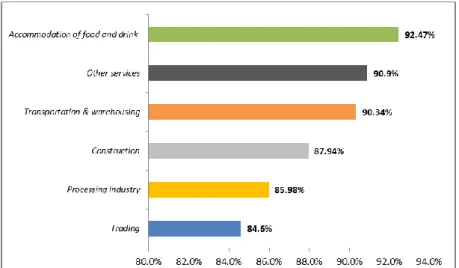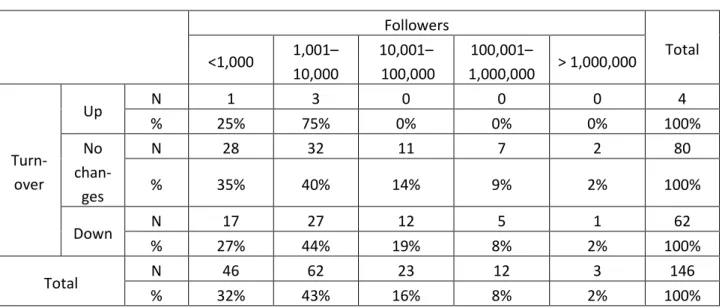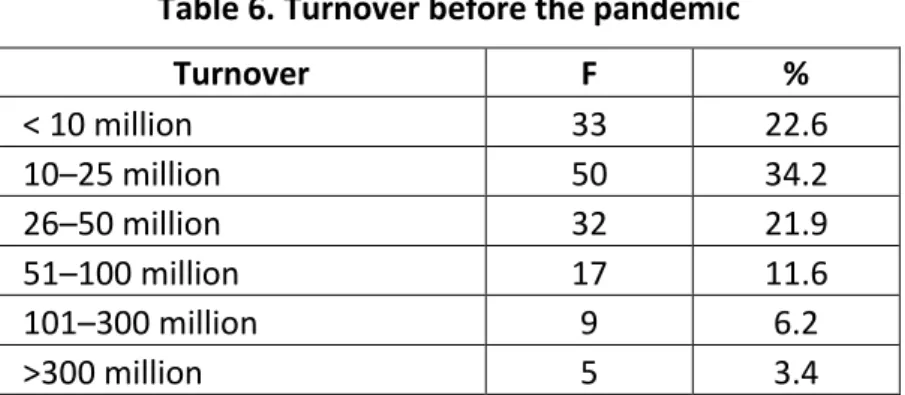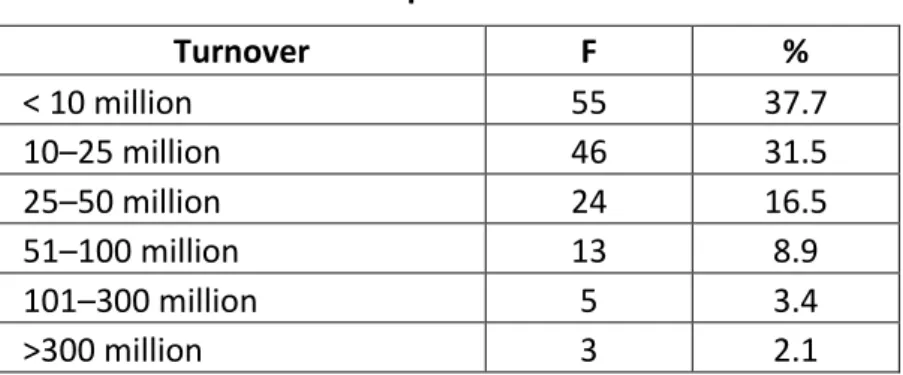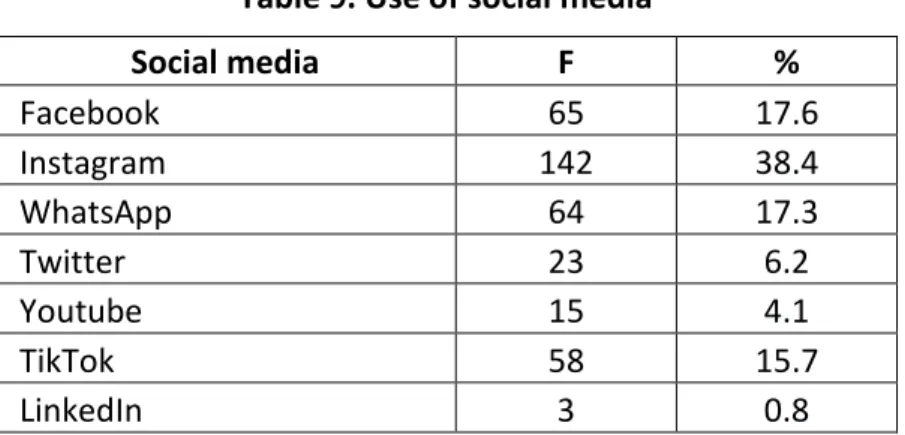In response to the opposite situation, this paper is committed to investigate the effects of product delivery innovation, cashless payments and social media engagement on marketing performance. In addition, product delivery innovation and cashless payments through the role of social media engagement impact marketing performance. 2020) argued that social media involvement correlates with marketing performance in the case of large companies.
Specifically, the element explored is social media engagement as a moderator of the relationship between PDI and cashless payments on marketing performance.
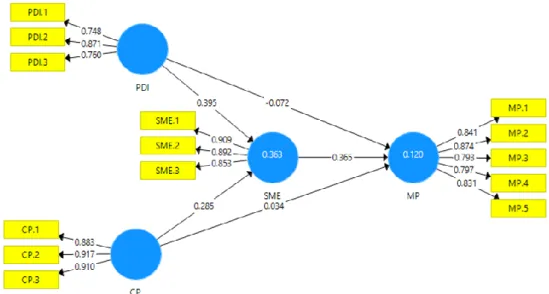
Literature review 1. Marketing performance
In line with other publications, Mohammad (2020) and Garg et al. 2020) emphasize that marketing performance is largely determined by customer engagement. PDI, which focuses on OFD to support cafes and restaurants to improve their marketing performance (Alalwan, 2020; Chavan et al., 2015; and Keeble et al., 2020). Referring to the dynamics of Covid-19, which are traps, concerns and contact with entrepreneurship, few publications have discussed the relationship between PDI, cashless payments and social media engagement on marketing performance.
Academic texts that discuss social media engagement on marketing performance are cited by Bilgin (2018), Cao et al.
Conceptual framework
Cafes and restaurants are developing social media as the most important communication standard channeling to potential customers. The new version of product delivery and cashless payment procedures incorporated in an intense communication package on social media can consistently stimulate the marketing performance of cafes and restaurants. H3: Product delivery innovation has a significant effect on marketing performance through social media engagement as an intervening variable.
H₄: Cashless payments have a significant effect on marketing performance through social media engagement as an intervening variable.
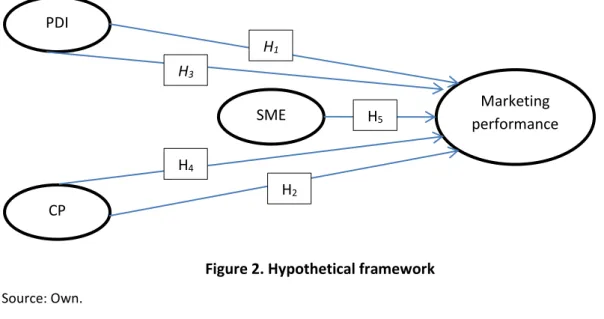
Methodology
Survey data were systematically collected in questionnaires that were distributed to sample units. The sample mechanism in the data description uses a statistical tool for at least 3 years, which means that restaurants and cafes have survived since the attack of Covid-19 in the beginning of 2020. This questionnaire is divided into 3 pillars: the first part is a profile, the second part is a question about the use of social media as a marketing communication tool in a cafe or restaurant, and the third part describes the questions to assess the perceptions of the research variables.
Intervening A social media network regularly managed by cafes and restaurants to keep in touch with consumers.
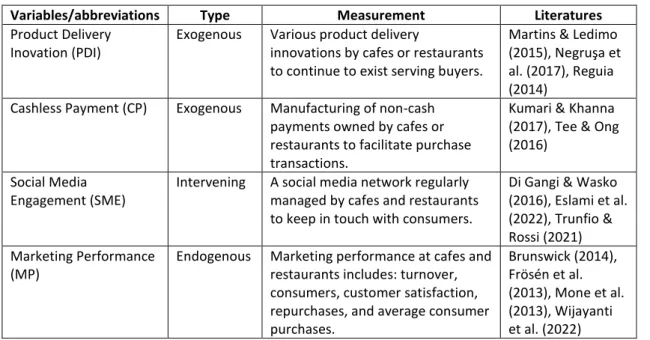
Results
However, given Till's situation, the number of cafes and restaurants is attracting investors, especially the millennial generation, which is growing in the business. Cafes and restaurants that are the subject of this survey are between 3 and 8 years old, with the average age of the youngest being 3 years (24%). It is interesting that the average number of employees in the hospitality industry does not exceed 5 employees (60%).
This shows that the business experience is still new and still growing. All respondents have introduced their products to bring a wider variety of products closer to consumers through the popularity of social media (see Table 9). From table 10, it is evident that the social media that receives the most responses from consumers is Instagram (77.4%).
In fact, Instagram as a medium has the greatest impact on the marketing performance of cafes and restaurants. Based on the seven social media described above, the more often cafe and restaurant owners are active and interact with consumers, the more followers they add. The number of uploaded posts is an indicator of how active the respondent is in communicating with the audience.
The survey reveals that 45.9% have so far uploaded less than 100 contents and 8.2% are very active on social networks uploading more than 1000 contents. Then, Table 12 also shows that there was a positive transition when 32.9% of respondents instructed the marketing division to continue to be active in social media and this can be seen from 101 to 500 posts and 11.6% who were even more active in 501-1000. the posts.
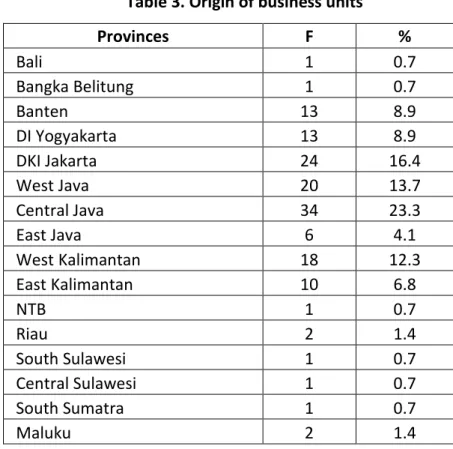
Discussions
In another perspective, like social media, cafes and restaurants have not optimized their business communication programs. This is evidenced in the fourth hypothesis, which concludes that product delivery innovation mediated by social media engagement has a significant effect on marketing performance. Cafe and restaurant-developed product delivery innovation can improve cafe and restaurant marketing performance through social media engagement.
In reality, innovation from cafes and restaurants is balanced by targeting customers or potential customers on social media. Innovations developed by cafes and restaurants in product distribution must be designed and communicated to the audience to get a positive response. At the end of the day, the trick is to use social media engagement as an efficient way to ensure that customers can enjoy products according to health procedures.
In fact, unlike product delivery innovation, cashless payments will not perform optimally on the marketing performance if it is not supported by social media engagement. Therefore, social media as a communication channel is an opportunity for cafes and restaurants to communicate various products, promotions and facilities available for the convenience of consumers. Many cafes and restaurants choose to cooperate with e-wallet providers: OVO, ShopeePay, GoPay, Dana and others.
By maximizing social media as a channel to establish proximity to consumers, this is in line with the 5th hypothesis, which indicates that social media engagement has a positive effect on marketing performance. Referring to empirical reports, 100% of the surveyed cafes and restaurants used social media as a communication channel to create proximity to consumers.
Conclusion, limitation, and sugestion
In general, 97% of cafe and restaurant businesses have activated Instagram, and 78% of them stated that this instrument is very dominant in maintaining marketing performance, with the average following being 1,000 to 100,000. The communication system on Instagram allows businesses to upload images and videos that create engaging and connected content for segments in an inclusive way. With a large number of followers, it becomes an asset that can support business continuity and always maintain marketing performance from time to time.
Academic constraints refer to the distribution of questionnaires still concentrated in a few regional clusters. Since the respondents were approached online, the researchers had no control and only targeted cafe and restaurant owners to participate. For this reason, future research directions are dedicated to developing data patterns that make it easier for café and restaurant businesses to go offline.
In order for similar studies to have optimal empirical studies, you can consider collaborating with consumers. In addition, considering the intense market competition and competition for consumers in each region, it also pays attention to the quality of qualified services.
Acknowledgments
Understanding consumers' social media engagement behavior: An investigation of the moderating effect of social media context. The role of product innovation in marketing performance: Empirical study in FMCG market (an abstract). eds) Marketing at the Confluence of Entertainment and Analytics. Using correlation analysis to examine the impact of Covid-19 pandemics on various socio-economic aspects: Case study of Indonesia.
Examining the relationship between social media analytics practices and business performance in the Indian retail and IT industries: The mediating role of customer engagement. Factors influencing consumers' intentions to use online food delivery services during the COVID-19 outbreak in the Jabodetabek area. The impact of online food delivery on the nutritional status of telecommuters during the COVID-19 pandemic.
Continuity of usage intention towards electronic payments during the COVID-19 pandemic from a sustainable financial development perspective using perceived usefulness and electronic word of mouth as mediators. The effect of customer empowerment and customer engagement on marketing performance: The mediating effect of brand community membership. The Effect of Social Media Marketing on Customer Engagement and Its Impact on Brand Loyalty in Color Care Cosmetics Martha Tilaar.
Service quality and satisfaction in the context of varying levels of restaurant image and customer orientation during the COVID-19 pandemic. The role of online food delivery services in the competitiveness of Yogyakarta's culinary industry during the Covid-19 pandemic.
Social media, saving the F&B business in the Covid-19 era?
Introduction
For this reason, seeing the gap in the uneven study, this article took the initiative to evaluate the contribution of PDI, cashless payments and social media involvement in building marketing performance focusing on cafes and restaurants. 2014) added that social media customer engagement is the integration between customers and companies inherent in terms of communication, experiences and online communities on social media. Social media engagement is one of the company's moves to gain customer sympathy through content uploaded by the creative team on social media.
In general, effective social media engagement can be seen from likes, comments and shares. Concern during the pandemic, which slowed down the economy, also drew people's mobility, which now predominantly takes place at home, instead of integrating them into social media networks, encouraging cafe and restaurant businesses to be active on social media through the launch of the latest products. In fact, among business people, they are also creating new scenarios in product offerings that make it possible to target only food and beverages on social media.
Then, the next goal is to estimate the two relationships through social media engagement, which acts as an intervening variable. Here, the respondents' profiles are based on position, regional background, year of establishment, number of employees, turnover and use of social media. Interestingly, many of them held positions such as business development managers, cashier founders, restaurant managers, purchasing, secretaries and social media specialists, reaching 0.7% (see Table 2).
The main purpose of this paper is to attribute the essence of product offering innovation and cashless payments to social media engagement and marketing performance. Subsequently, product offering innovation and cashless payments supported by social media engagement have a significant effect on marketing performance. The effect of social media marketing activities on brand awareness, brand image and brand loyalty.
